Every five years, for the past forty years, I’ve accompanied my husband to his class reunion at Princeton University in New Jersey. In the early years, the kids came with us. As they got older, they would promptly escape and run around campus looking for class tents that had better rock bands than ours. As they got a lot older, they stopped coming, but now that we have grandchildren, there’s a chance we’ll look like some of the families who bring babes in strollers to march in the famous “P-rade” on Saturday afternoon, the classes wending through campus in order of age toward the sports field finale.
But one of my own favourite pastimes during my Princeton stays has been strolling the campus (considered one of the top 5 most beautiful in the U.S.) gazing at the trees and gardens. Earlier this month, I visited the beautiful gardens of Prospect House, redesigned in the last decade by Linden Miller and Ronda Brands of New York to focus on perennials and shrubs, rather than the annual bedding plants that had once made up the landscape here. Built in the 1850s in the Italianate style as a private home and deeded to the university in 1878 along with a 35-acre parcel of land, Prospect served as the home of Princeton University’s presidents from 1878 to 1968. Today it houses the Faculty Club and is used for receptions.
The fountain refreshes a tiny Reunions visitor.
The borders in June are lovely, with peonies, catmint, irises and baptisia….
…. and the rhododendrons are spectacular.
I’ve been here in August as well when summer-flowering perennials such as echinacea, swamp hibiscus and Joe Pye weed are in bloom.
And on the other side of Prospect is a tall, native tulip poplar (Liriodendron tulipifera) that’s estimated to be 160 years old.
I loved this drawing of the tulip poplar’s flowers in Princeton’s Little Book of Trees (art by Heather Lovett, text by James Consolloy. The book is a downloadable .pdf available via a search.)
As we roamed campus, we found some of the wonderful new buildings framed by young trees that will in time be as stately as the American elms for which the campus was famous. Here is a much younger tulip poplar framing the entrance to the Frick Chemistry building (Hopkins Architects of London with Payette Associates of Boston, Michael Van Valkenburgh Associates of Brooklyn, N.Y., landscape architect, May 2005).
Here’s another look at the Frick through silver maple (or possibly the hybrid Freeman maple).
Below is the fabulous new Lewis Science Library (2008), designed by Frank Gehry with his characteristic, curvilinear stainless-steel facade. I gazed up at this soaring wall through native honey locust (Gleditsia triacanthos), but if I’d known that there was a grove of sassafras under another wall, I’d have been there in a jiffy!
One of the fun parts about Reunions weekend is the chance to listen to panel discussions on all kinds of topics. For example, we went into the Princeton Neuroscience Institute, which is flanked by an allée of columnar oaks (Quercus sp.)…..
….. to listen to a fascinating, multifaceted discussion on “The Future of Tech”.

Panel for “The Next Big Thing in Tech”, Princeton Reunions 2017 (left to right): Moderator Ruby Lee, Forrest G. Hamrick Prof. of Electrical Engineering; Julio Gomez ’82, Financial Services Technology Strategist; Joe Kochan ’02, Co-Founder and COO, US Ignite; Marco Matos ’07, Product Manager; Facebook; Julia Macalaster ’12, Head of Strategy, Def Method; Ryan Shea ’12, Co-founder, Blockstack.
Another day, I treated myself to a front-row seat at “The Writer’s Craft”.
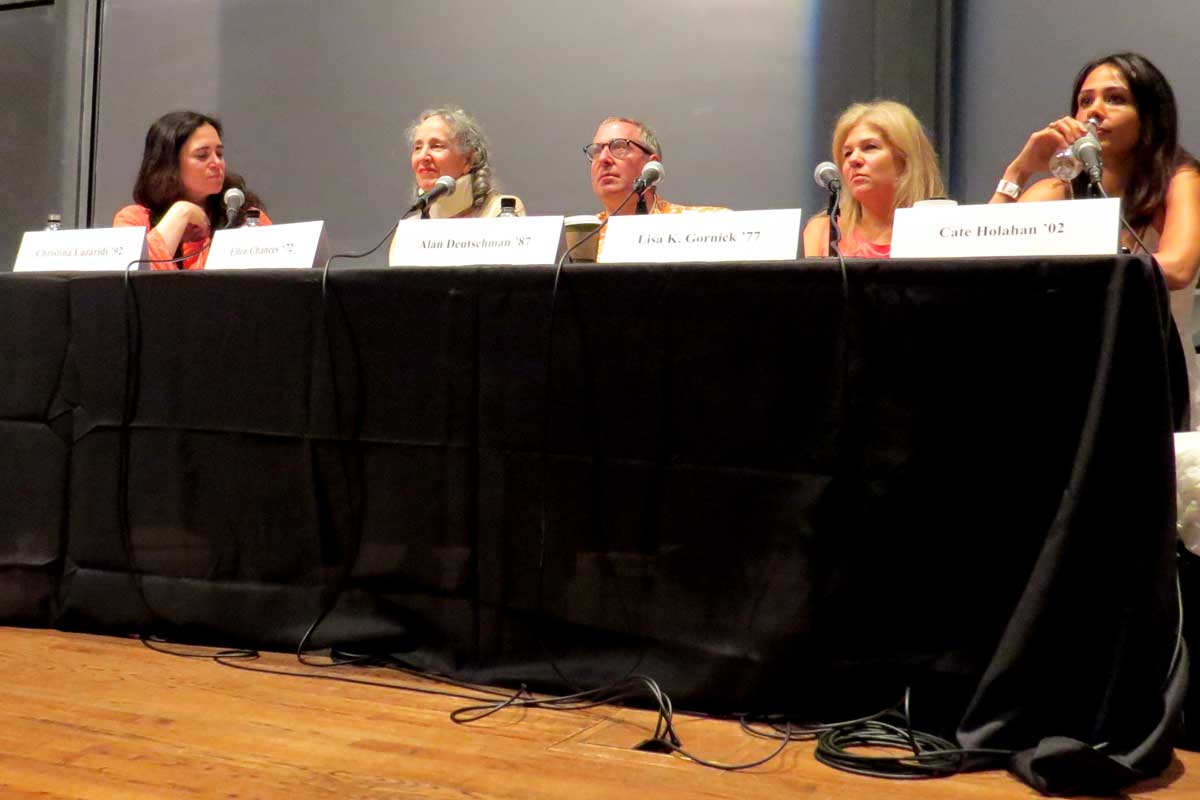
Panel for “The Writer’s Craft”, Princeton Reunions 2017 (left to right): Moderator Christina Lazaridi ’92, Lecturer in Creative Writing; Ellen Chances ’72, Prof. of Slavic Languages & Literatures; Lisa K. Gornick ’77, Novelist; Alan Deutschman ’87, author; Cate Holahan ’02 author.
But generally, I prefer to stay outdoors and a tree tour of campus is a perfect way to do that. This year I walked with a large crowd behind Merc Morris ’72, below in white jacket, who has been giving these tours for years now. It’s my second tour with Merc.
He pointed out the towering white ashes (Fraxinus americana) on Cannon Green which are slowly succumbing to emerald ash borer. This one is in front of West College, about to be renamed to honour long-time Princeton Professor Emerita of creative writing, Toni Morrison.
The older magnolias, like this one against Alexander Hall, were planted in the 1920s by Princeton’s consulting landscape architect Beatrix Farrand. (More on her later).
We just missed the gorgeous flowers of yellowwood (Cladrastis kentukea), growing in front of Murray-Dodge.
This is a cedar of Lebanon (Cedrus lebani) with the Firestone library in the background.
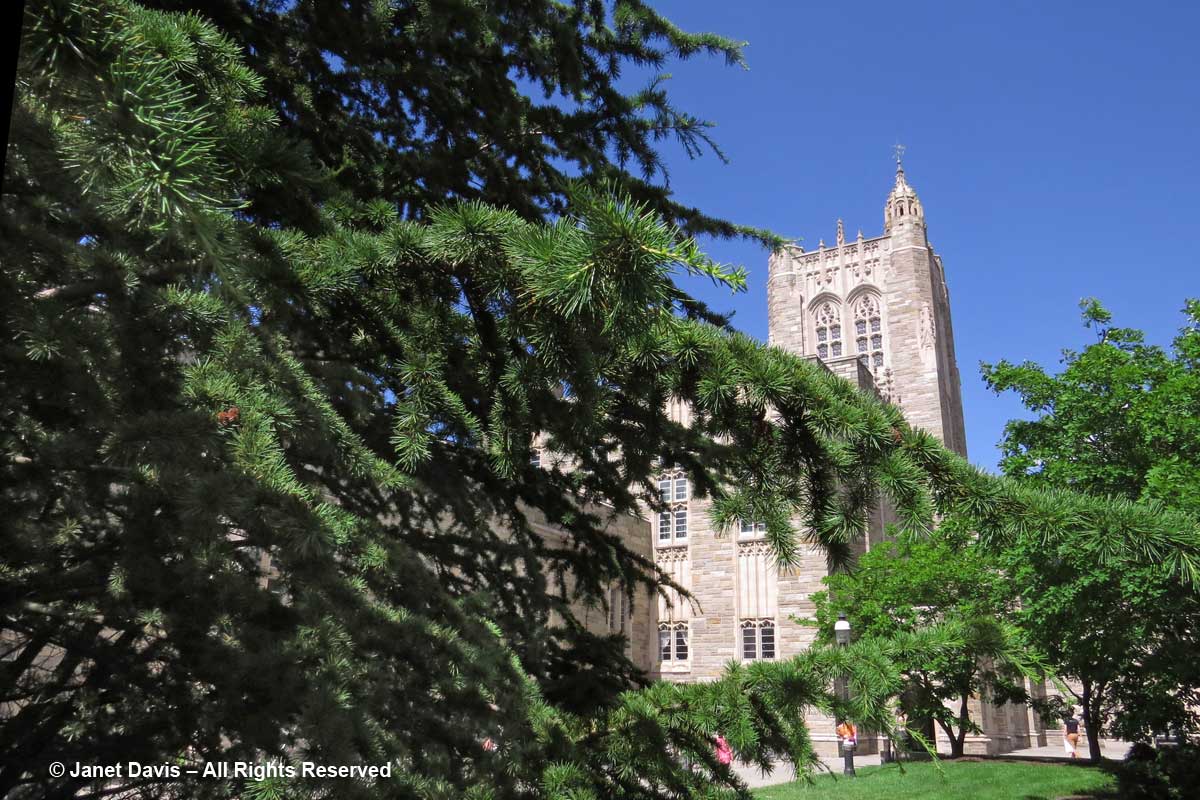
Merc points out this huge dawn redwood (Metasequoia glyptostroboides) near Prospect House, planted in 1948. He relates why it is particularly happy in this spot, since the university arranged to divert a segment of its rainwater drainage toward its roots.
We head to the front of the university (total 500 acres) and I see the Kousa dogwood (Cornus kousa) in shimmering flower next to Stanhope Hall. This Asian species is a replacement for the native flowering dogwoods (Cornus florida) that were once planted on the Ivy League campuses, but mostly succumbed to anthracnose.
Speaking of Ivy League, here’s the wall of East Pyne, one of the older dormitory buildings. That vine clinging tenaciously to the stone is Boston ivy, (Parthenocissus tricuspidata) and many people associate it with the origins of the term “Ivy League”.
Finally, we’re standing near Princeton’s main drag, Nassau Street, looking back at Nassau Hall. Already preparing for next week’s graduation, it was built in 1756 and at the time it was the largest academic building in the American Colonies. During the Revolutionary War, it was occupied by both British and American forces and suffered damage during 1777’s Battle of Princeton. For a few months in 1783, Princeton served as the capital of the new United States and Nassau Hall hosted its government. But we’re here in the original campus yard to look at the tall American elms (Ulmus americana), survivors of the cataclysmic Dutch elm disease that ravaged the tall native trees in the mid-20th century.
As we prepare to head next door to Maclean House, Merc gives us a little introduction to the historic trees we’ll see there.
Here is beautiful Maclean House (1756) and the oldest trees on Princeton’s campus, the “buttonwood” or American sycamore trees (Platanus occidentalis) planted in 1766. Though they often lose their first leaves to anthracnose, as in this photo, they put out a second crop of leaves in summer. The sycamores are also called the Stamp Act trees, because their planting coincided with the repeal of the Stamp Act, which had been instituted by Britain in 1765 and required a tax on every piece of printed paper used by American colonists.
And here’s the page on the sycamores in the Little Trees book.
On Saturday afternoon, we gather for one of the long traditions for reunions weekend, the annual P-rade. Keeping in mind that some 25,000 people arrive on campus for the weekend, it’s a very long procession, beginning with the oldest alum from the 1940s, now driven in golf carts, to the youngest. And yes, that is my husband doing the back and forth ‘locomotive’ cheer, which he loves. He played hockey more than 55 years ago for Princeton (while getting his Economics degree). I hear they had skates then…..
After the P-rade winds up on the athletic field, we walk towards Nassau Street heading back to our digs for a nap before dinner. Look at this chestnut (Castanea sp.) in front of the spectacular Lewis-Sigler Institute (and Carl Icahn Lab) for Integrative Genomics (architect Rafael Viñoly).
I see an elegant katsura tree (Cercidiphyllum japonicum) against the Moffett Lab.
And I’ve been sampling ripe serviceberries (Amelanchier sp.) all weekend outside our own reunion tent, so I test a few from this big shrub growing in front of the Frist Campus Center.
And another little taste of Reunions are the spectacular Saturday night fireworks. This is what I saw from the Boathouse on Lake Carnegie – my video being the 4 minute condensation of what was at least a 15-minute show.
On our final morning in Princeton, our kind hostess (and my husband’s lovely cousin) Rachel Gray Studebaker drives me to the Princeton Graduate College, with its enclosed garden designed in 1913-14 by Beatrix Farrand. I was determined to try to get here before our flight home after reading the cover story on Farrand in her Princeton magazine.
And I am not disappointed. It is stunning….
…and blessedly empty after the reunion celebrants have departed. Though the plants have been updated since her 30-year tenure here as Consulting Landscape Architect from 1915 to the mid-1940s, the sense of formal sanctuary is still very much hers. (Here’s a reprint of an article she wrote for the Princeton Alumni Weekly.)
We return to Rachel’s house via Mercer Street past the home at #112 that Albert Einstein lived in from 1935-55, while he was at Princeton’s Institute for Advanced Studies. Now owned by the institute, it is not open to the public (since it houses various academics employed by the Institute) but it is on the Historic Register of Princeton.
While preparing to pack and head back to Toronto, I pass the ‘Lucerna’ begonia in Rachel’s kitchen that is fondly referred to as “Einstein’s begonia”. Cuttings of it have been passed from hand to hand in Princeton since he grew it himself in the house on Mercer Street and our cousin, who worked as assistant to the Director of the Institute for Advanced Study for many years, is the proud recipient of this one.
And another lovely Princeton reunion, replete with trees, gardens and famous begonias, comes to an end.

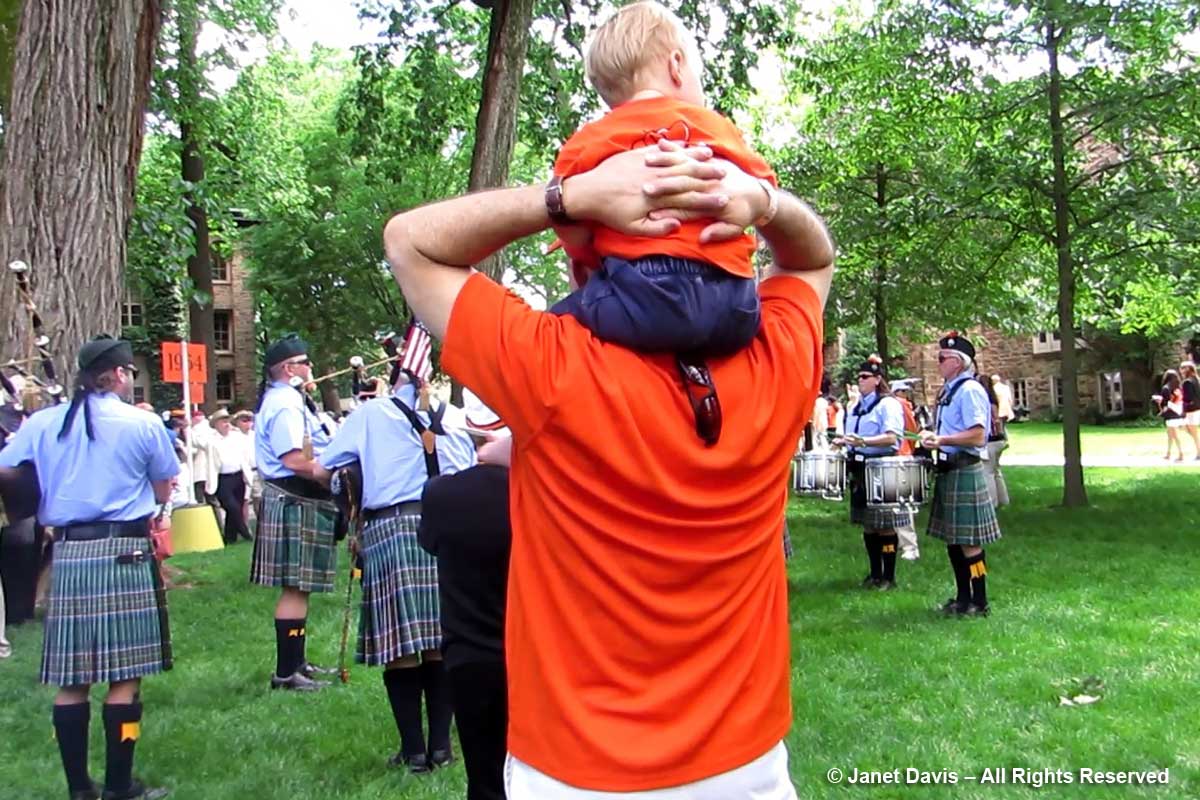
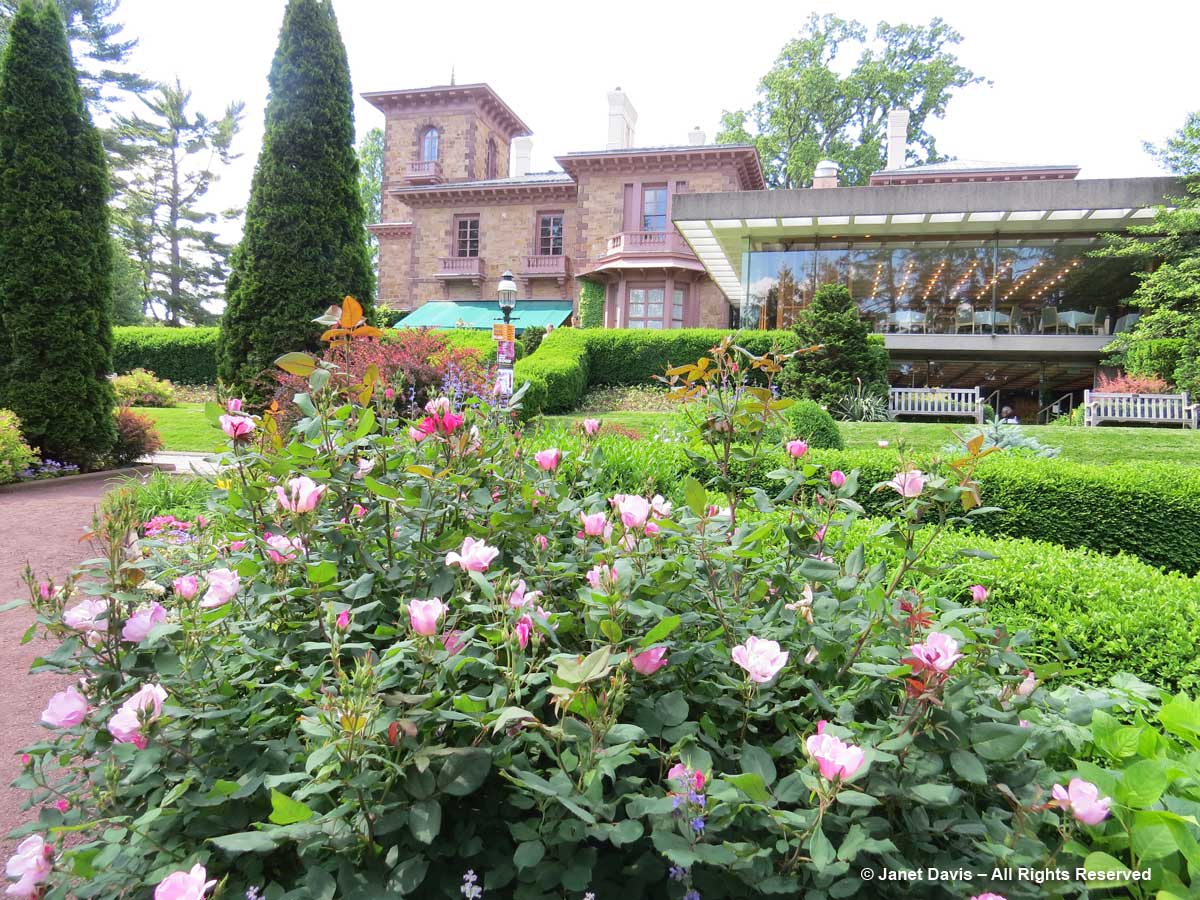
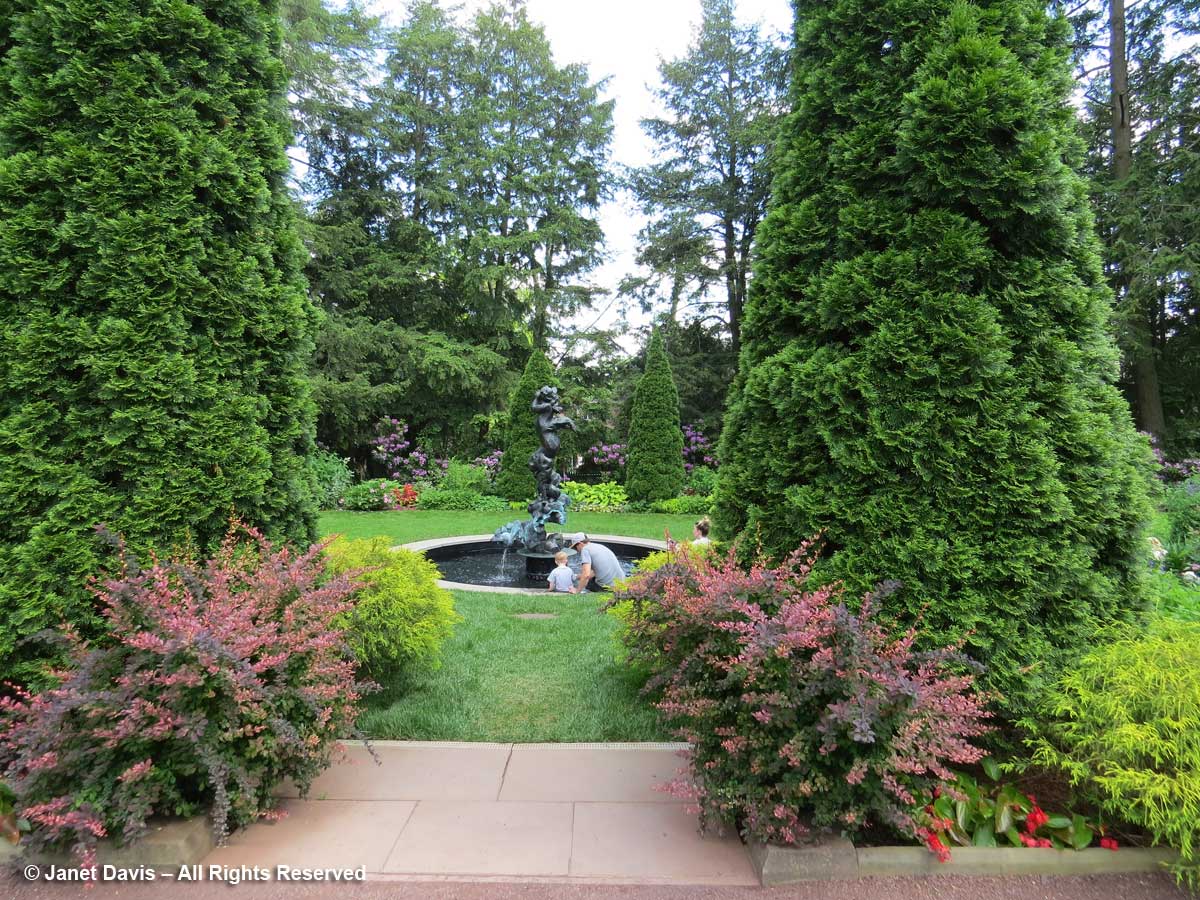
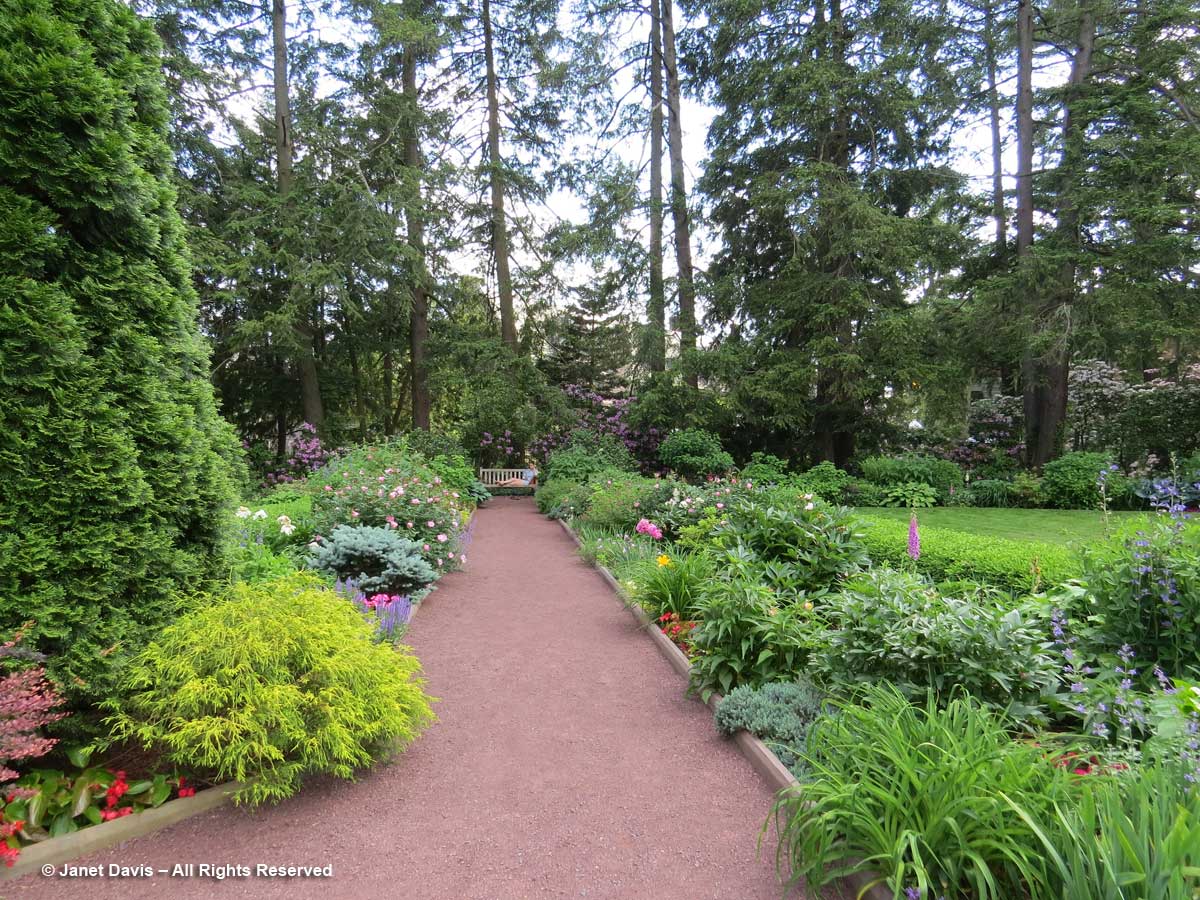
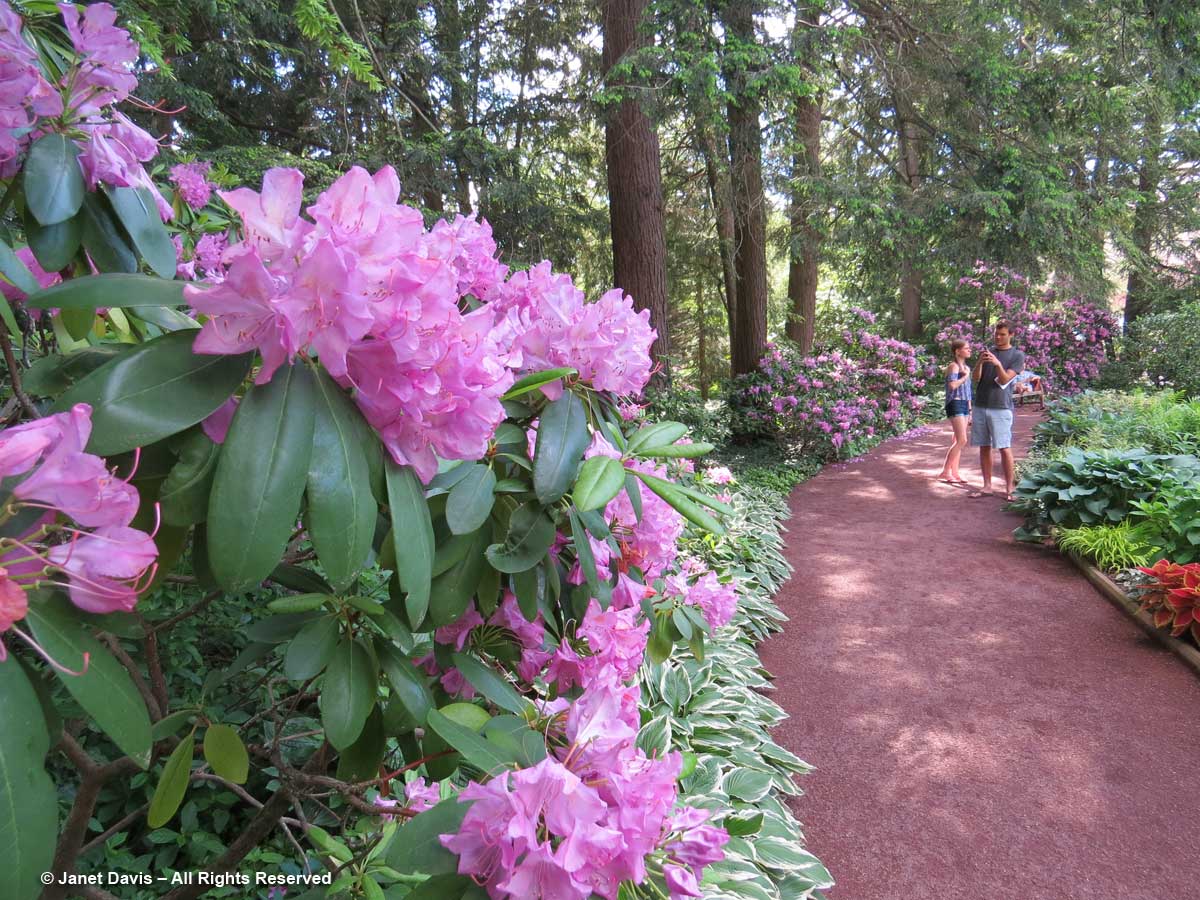
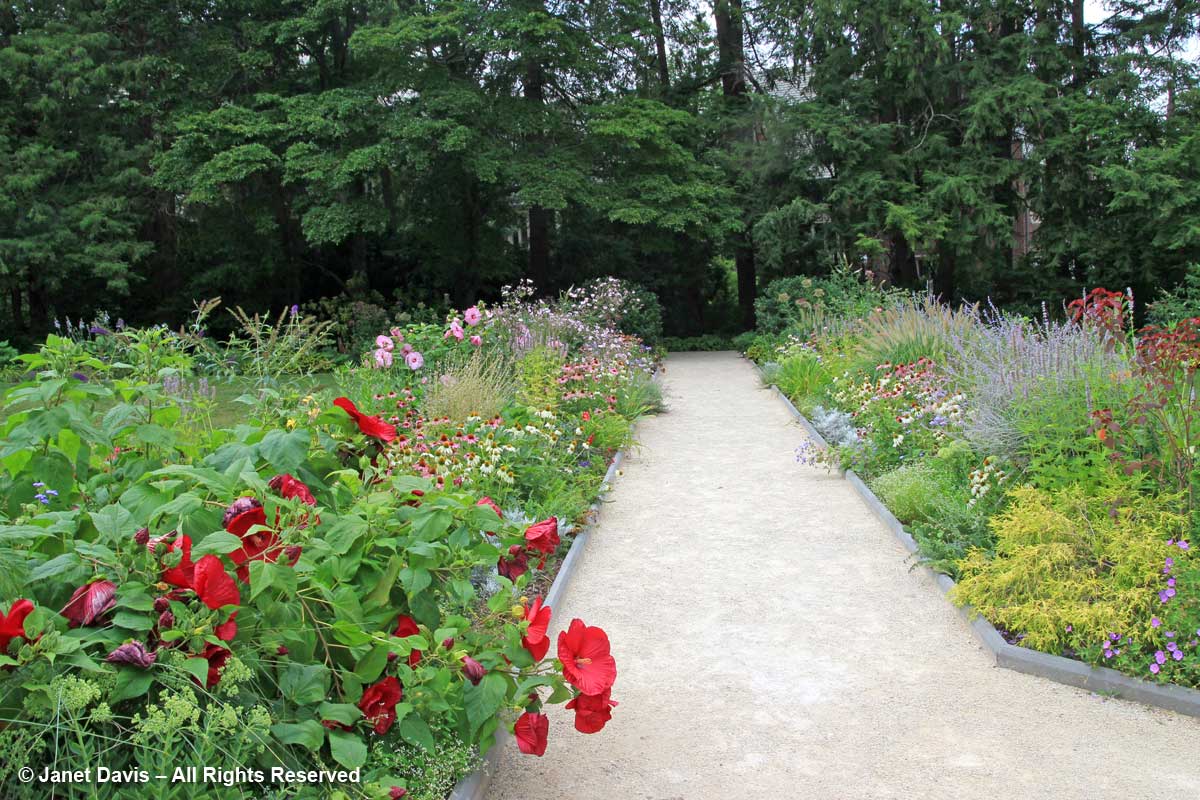
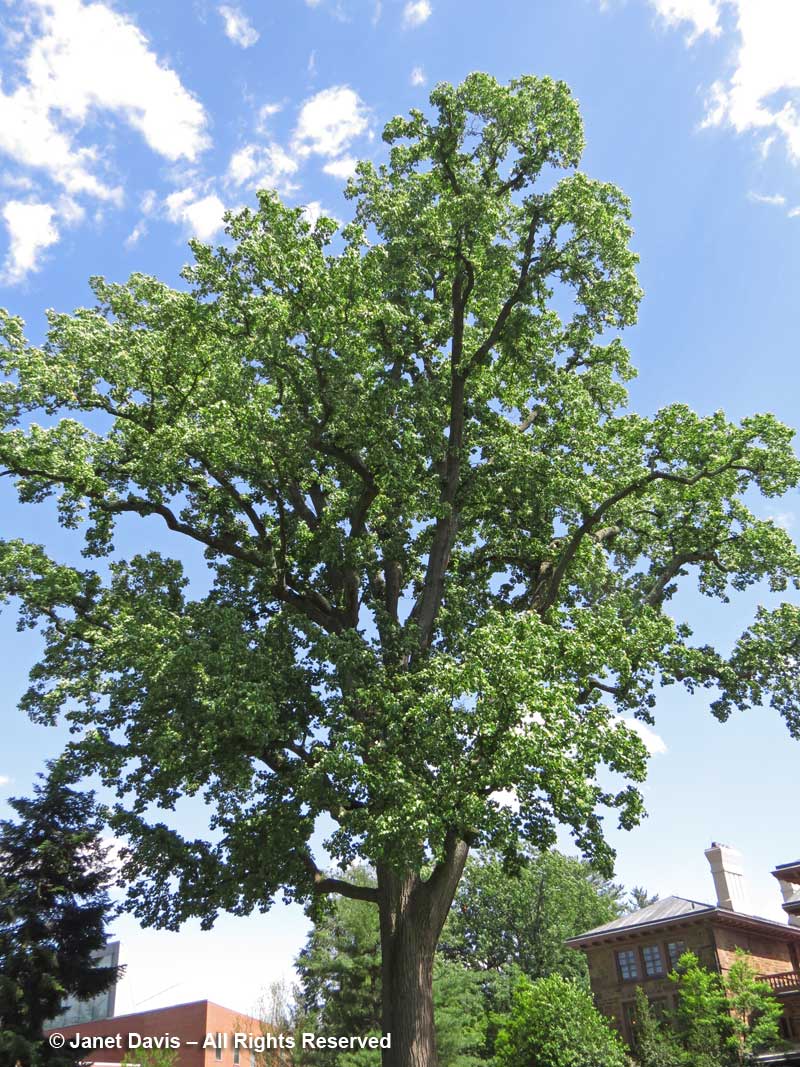
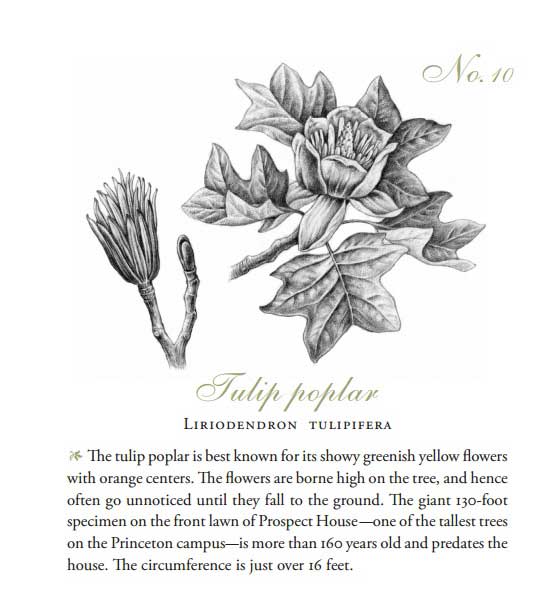
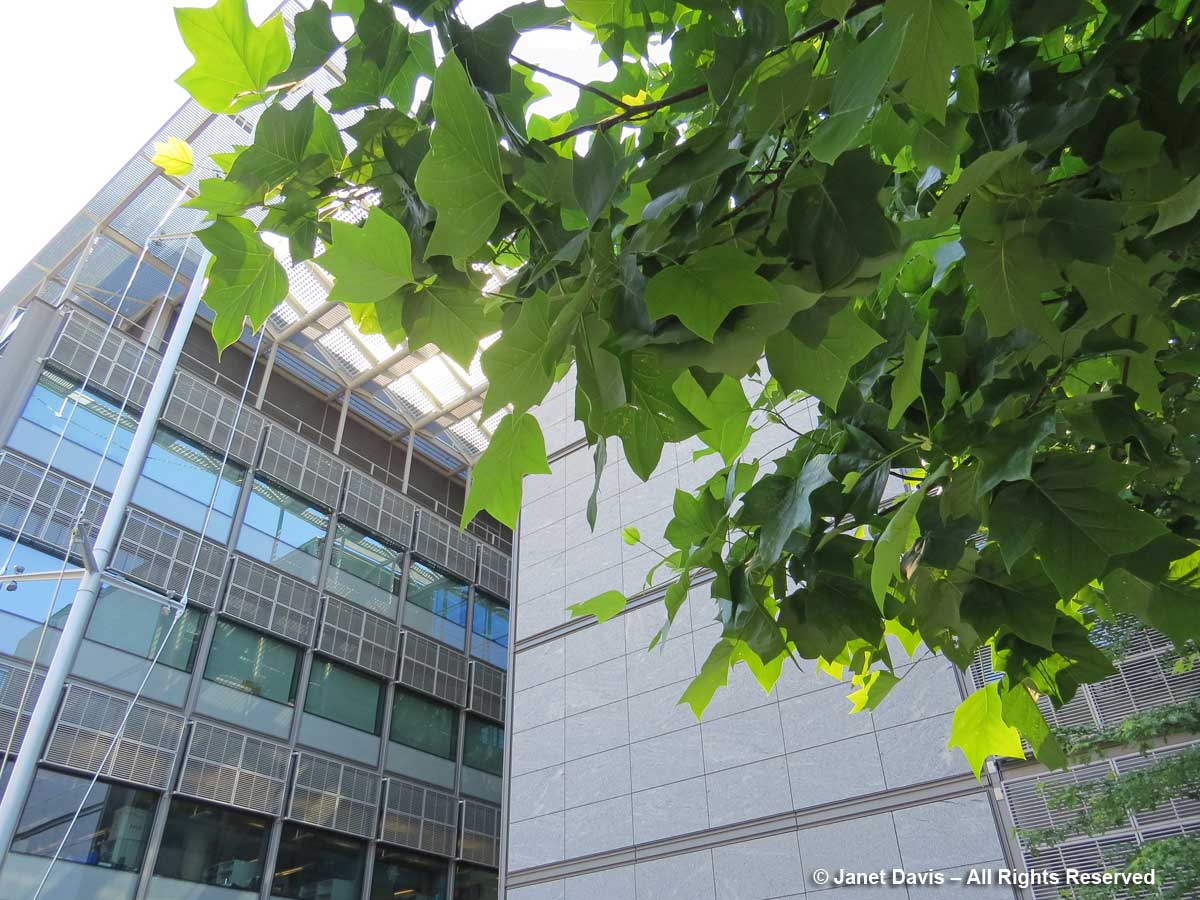
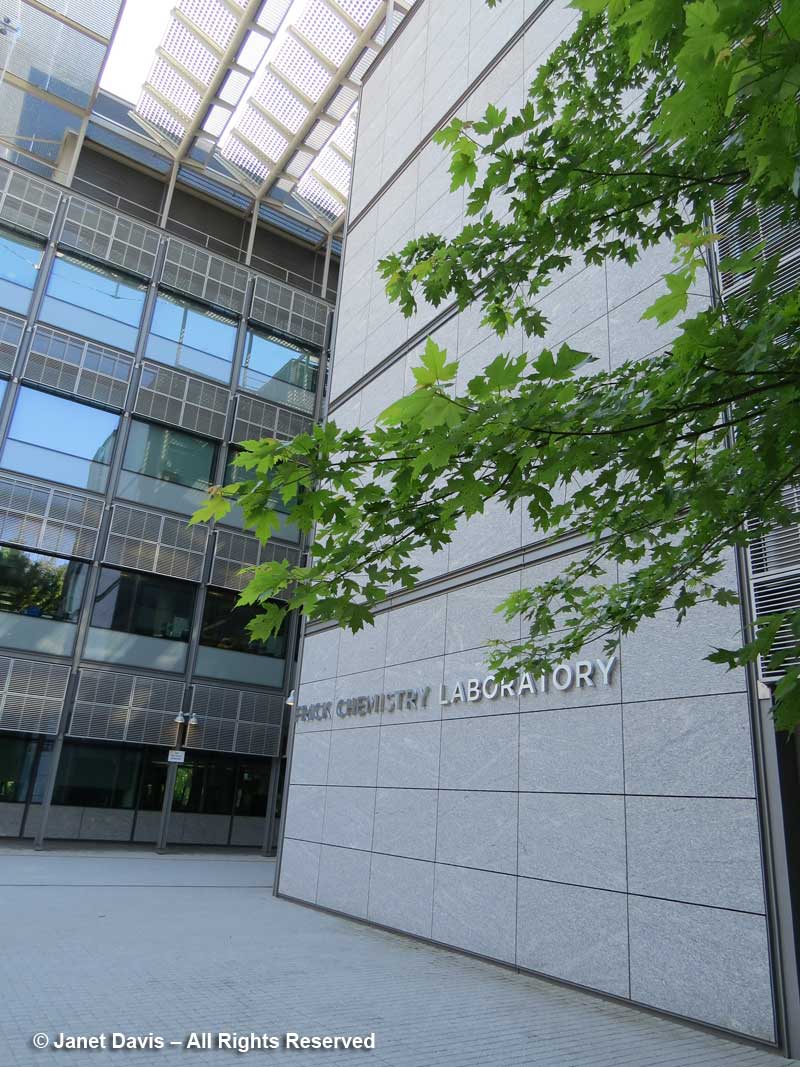
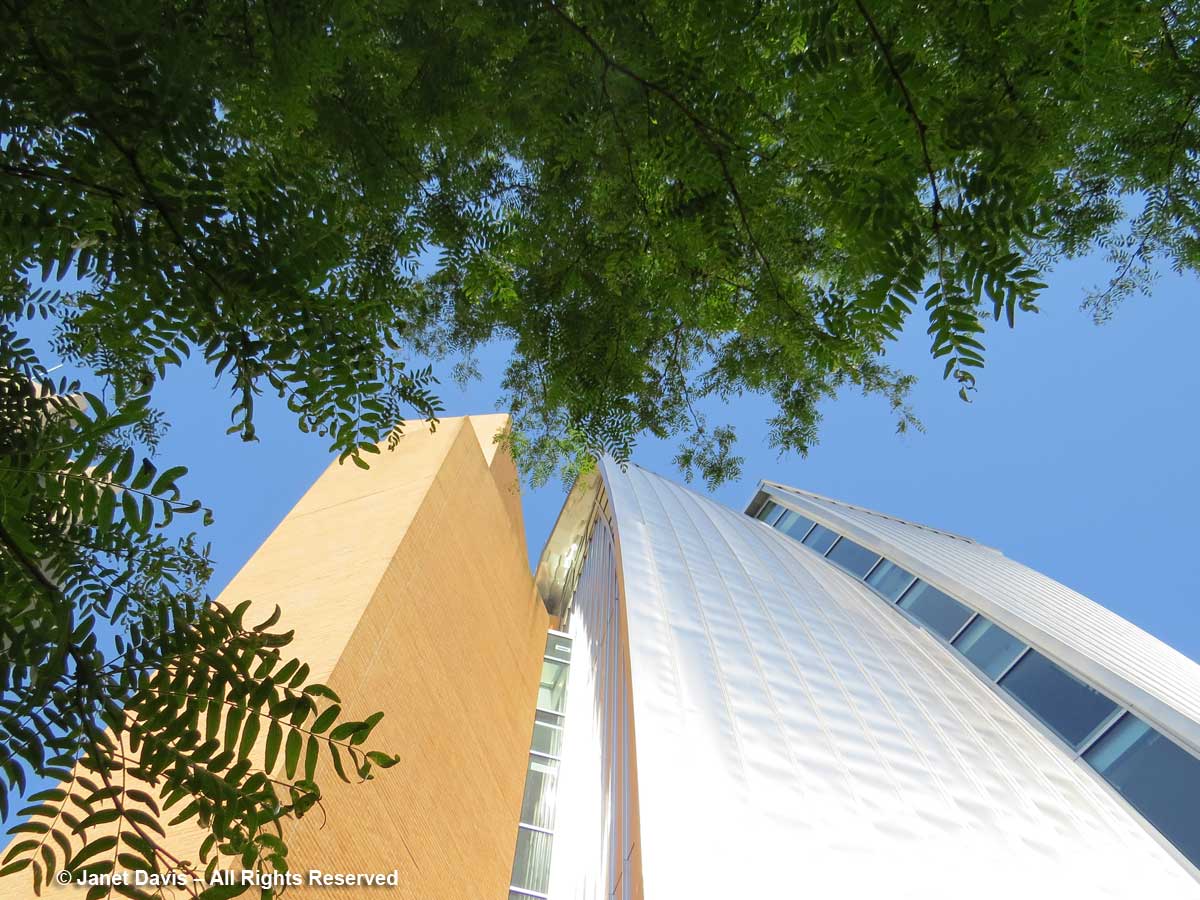
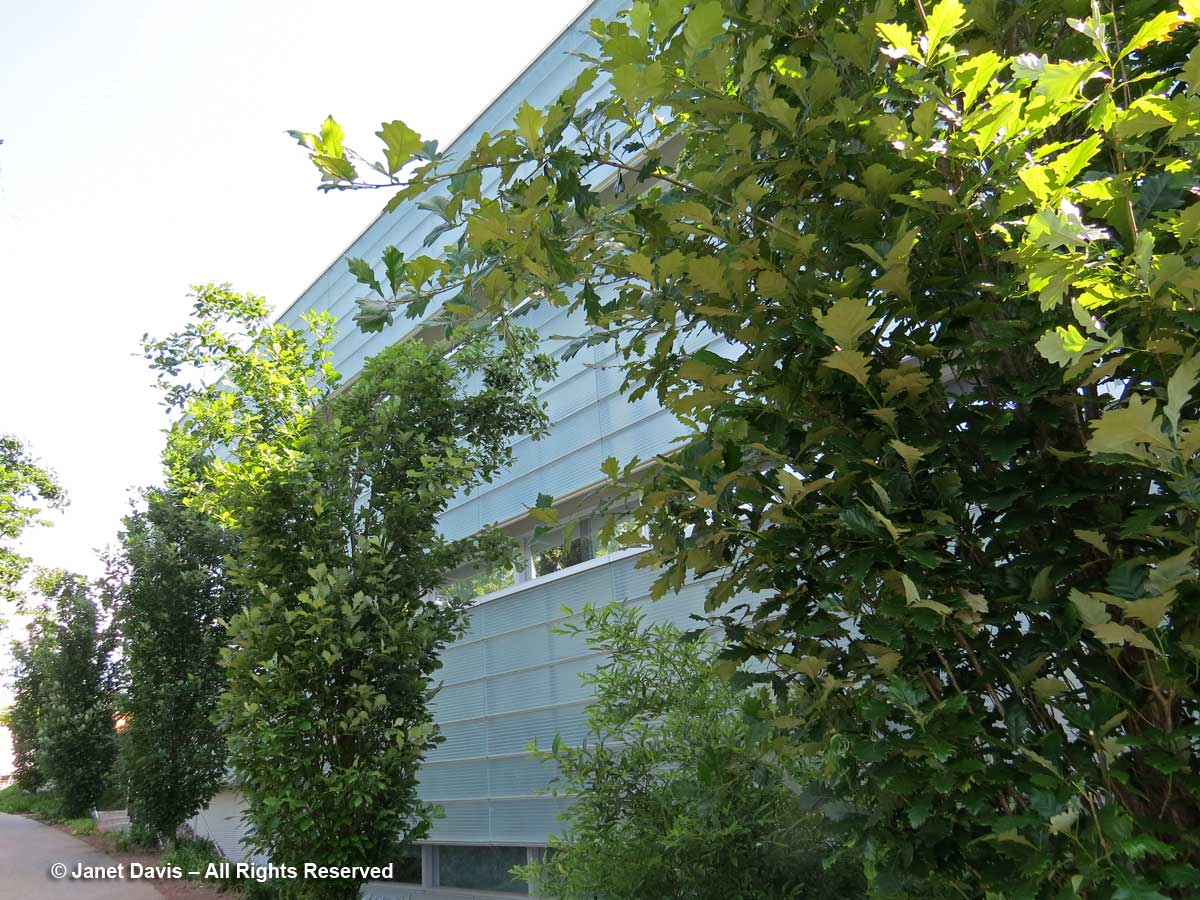
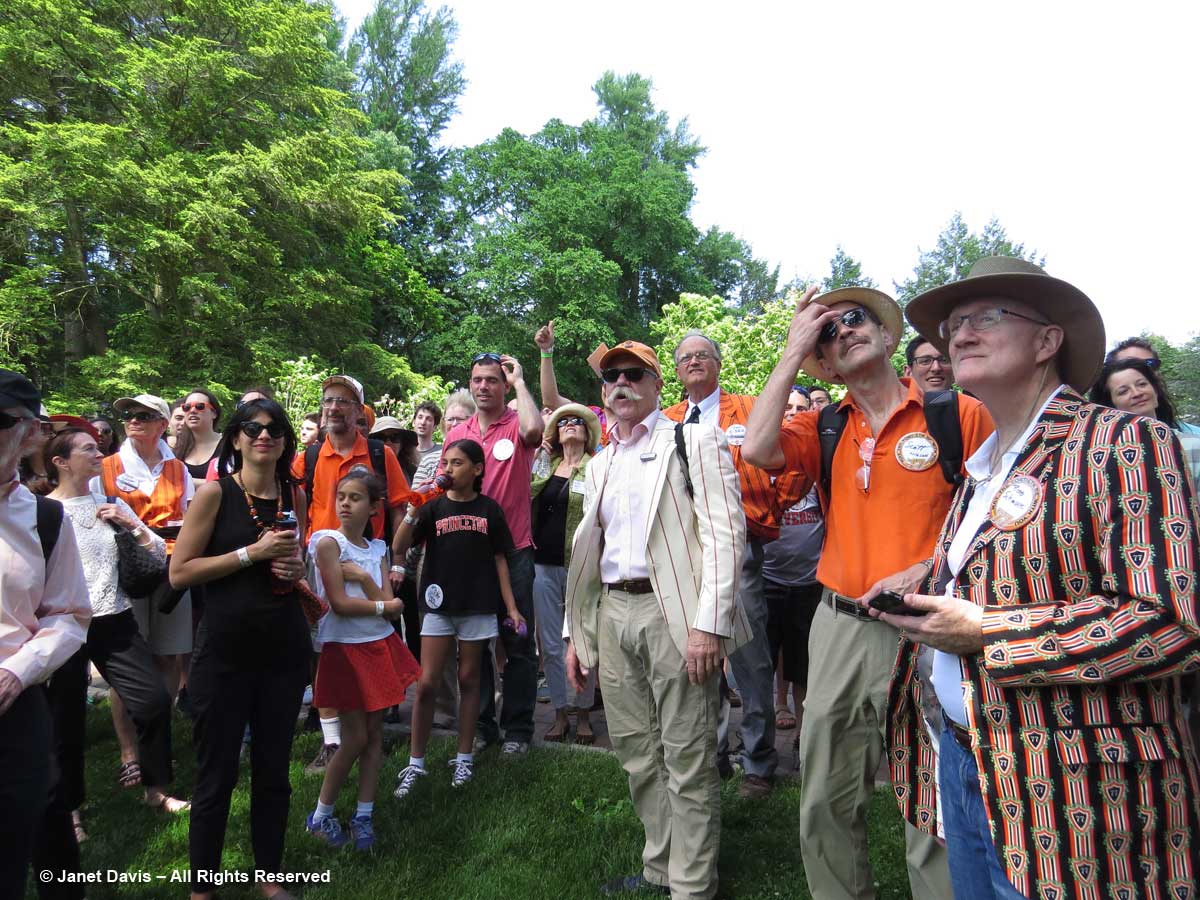
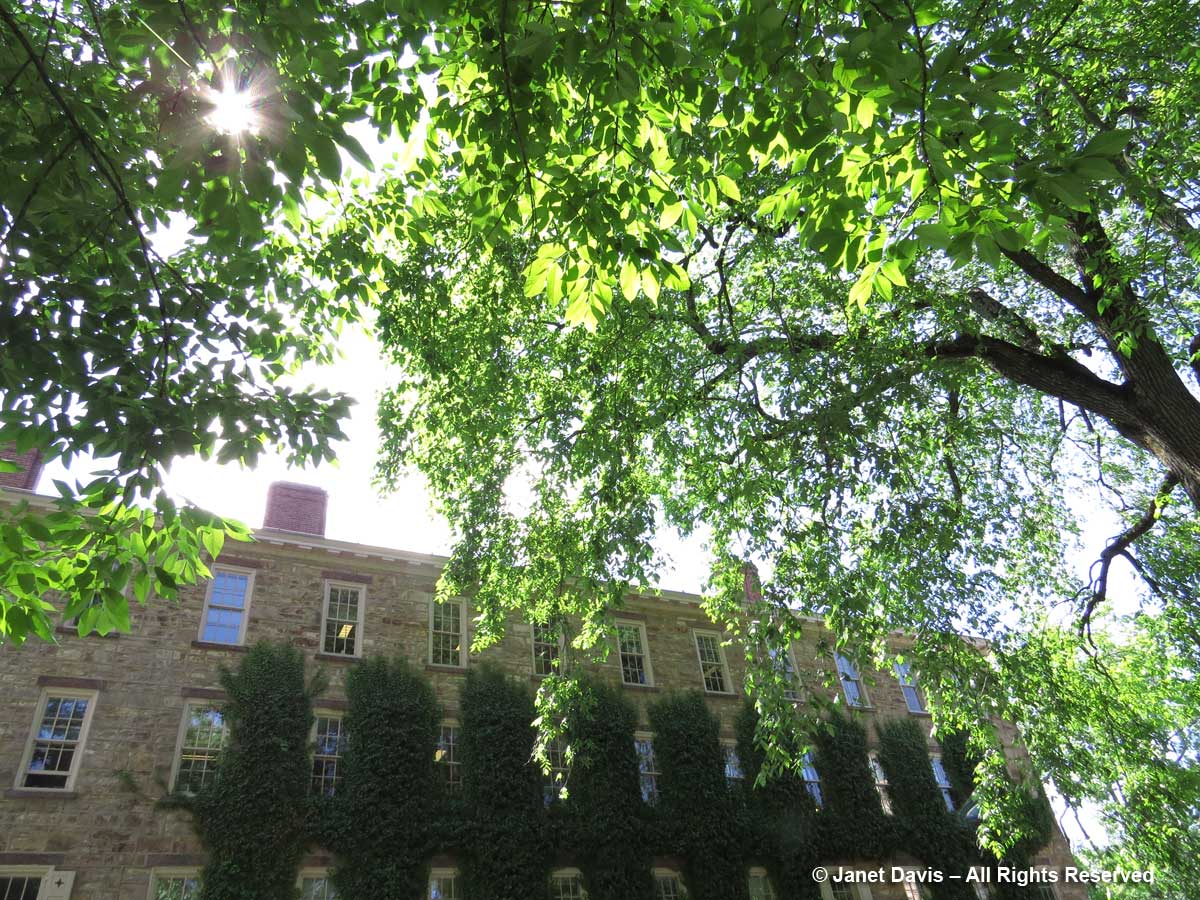
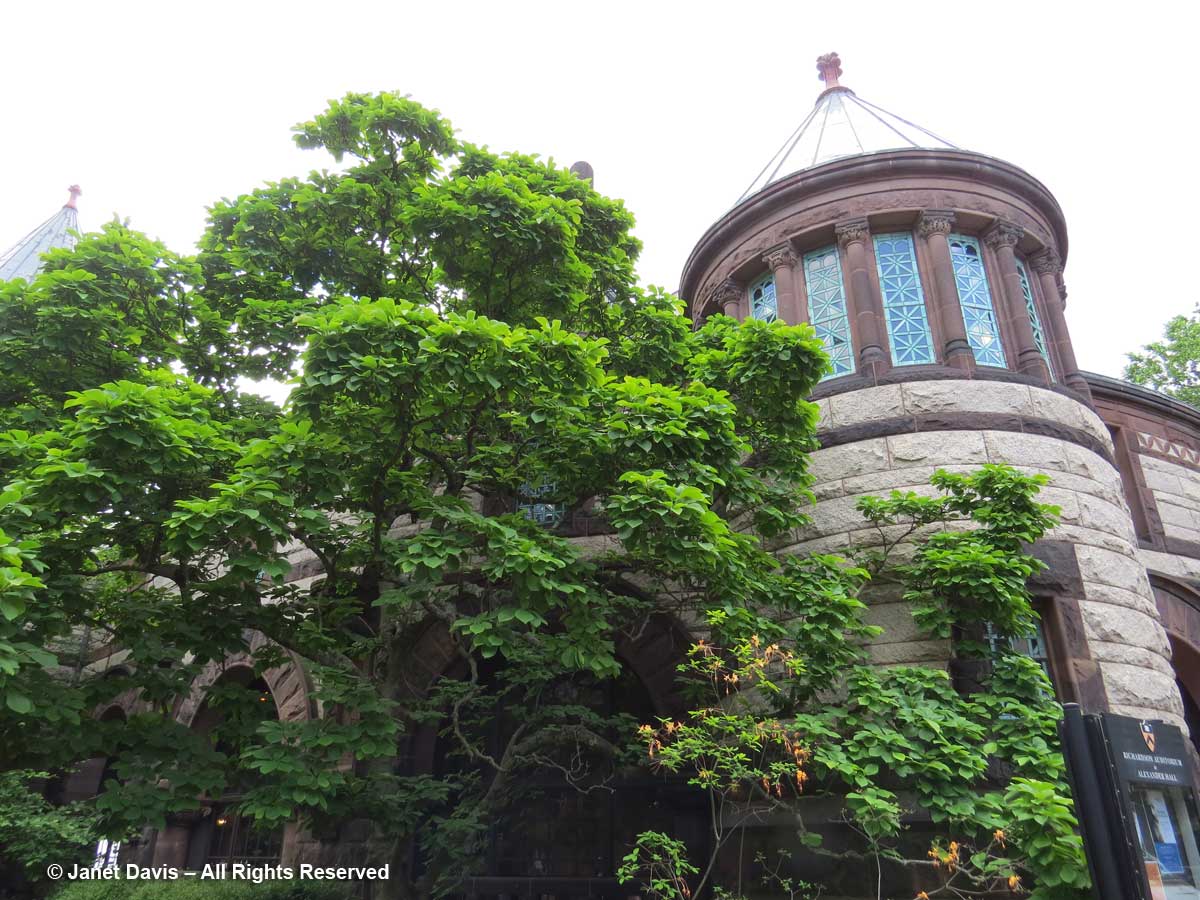
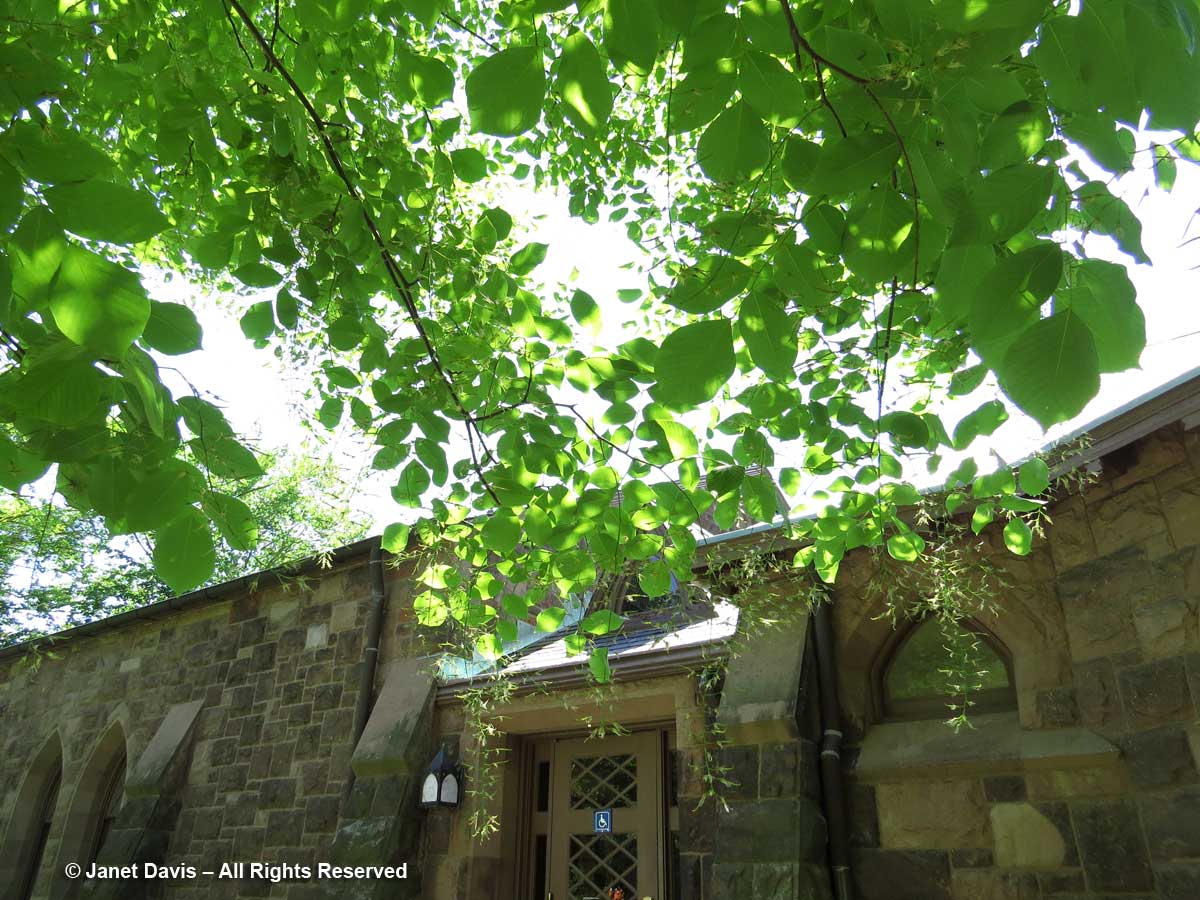
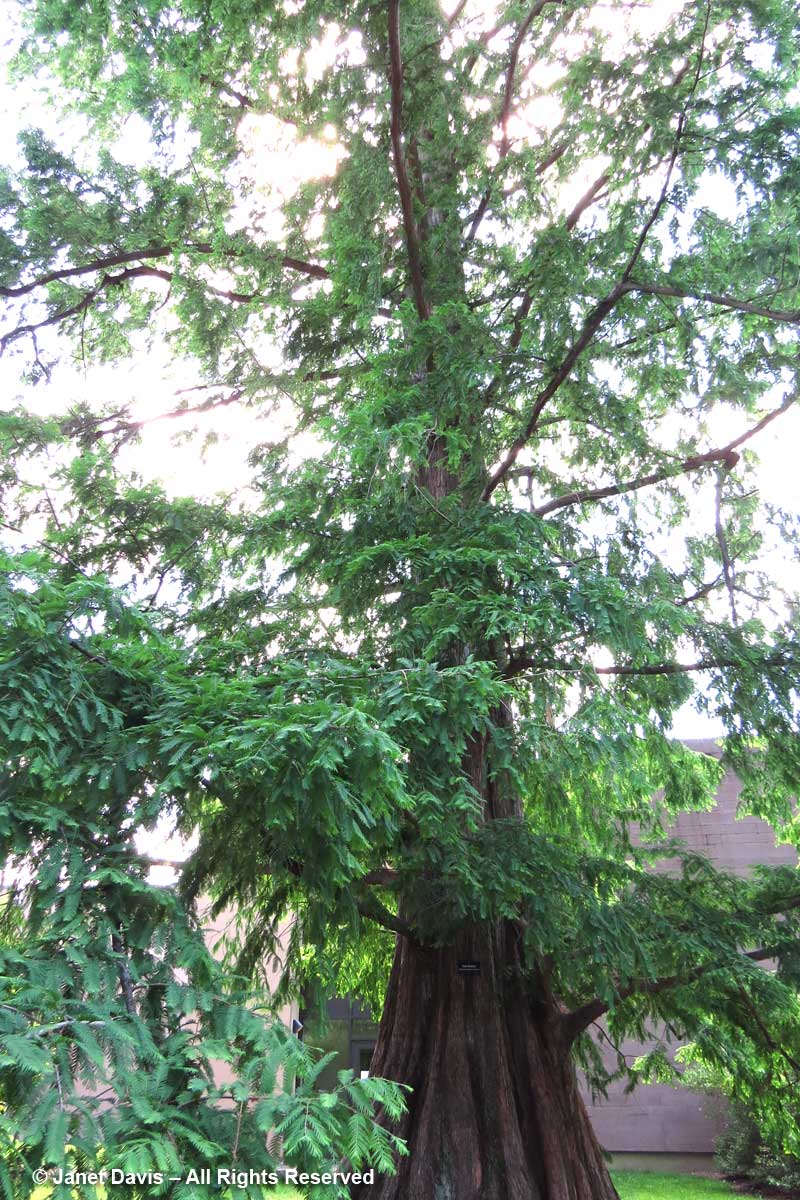
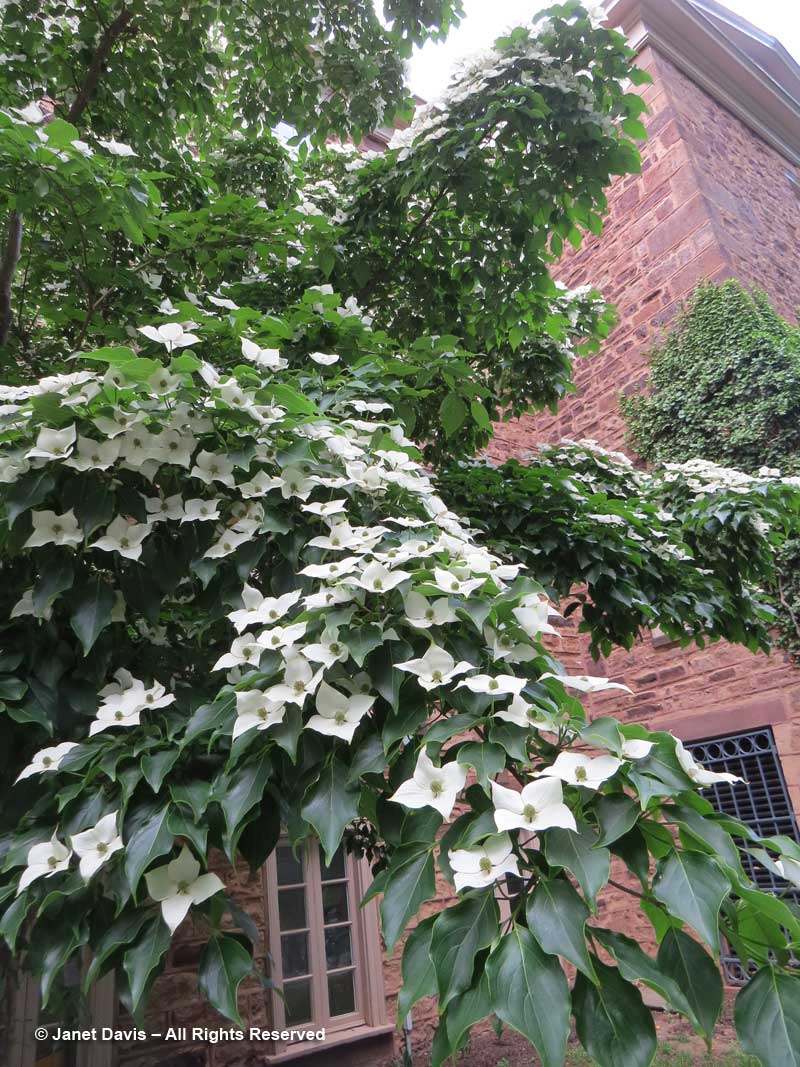
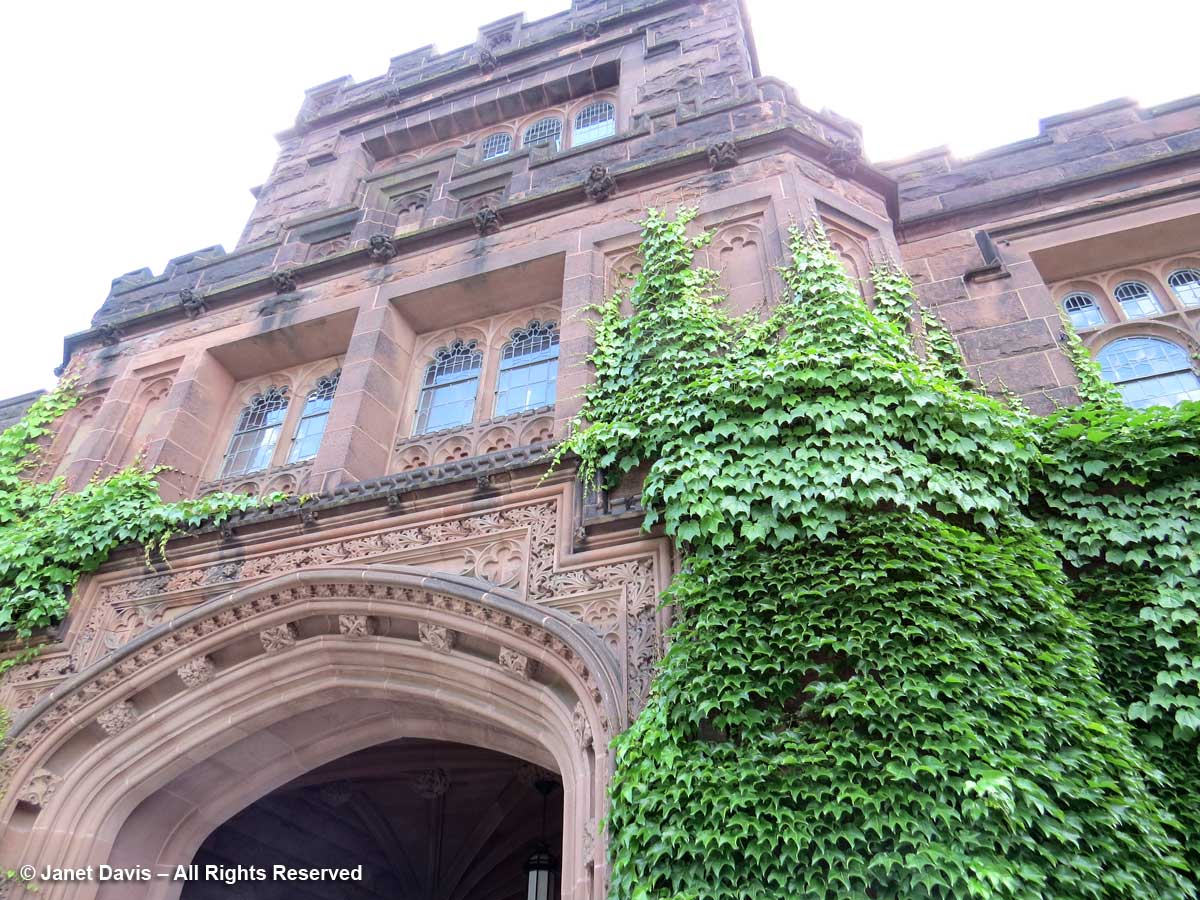
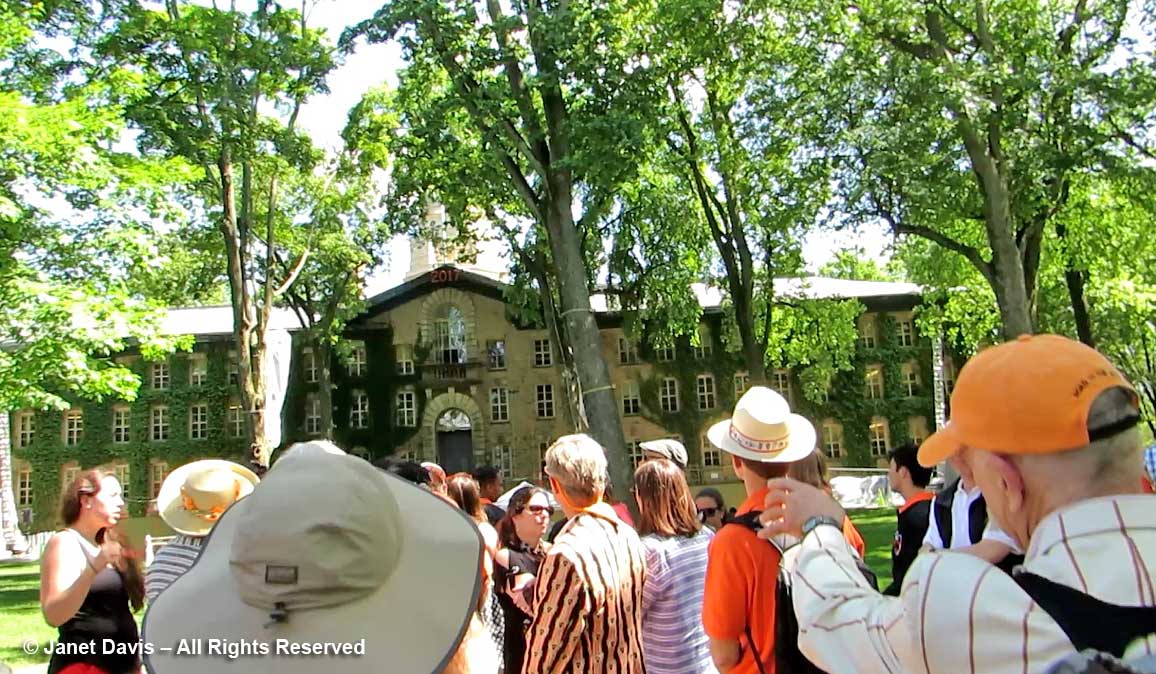
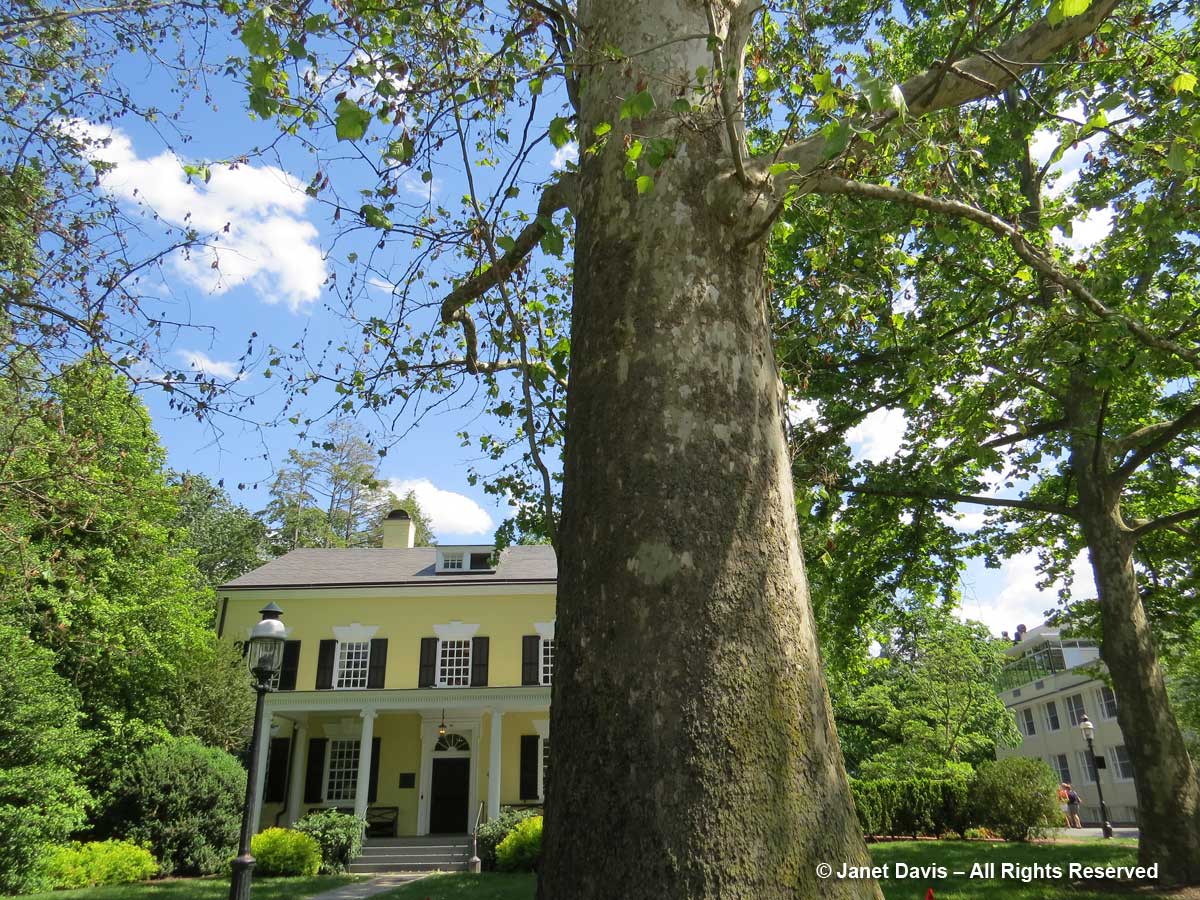
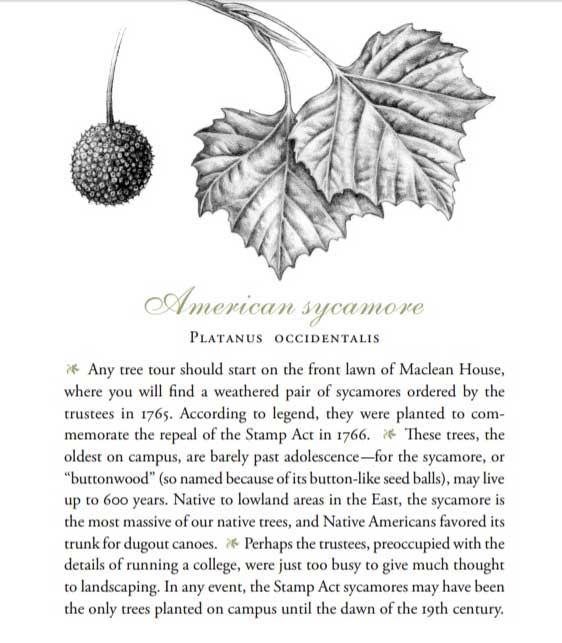
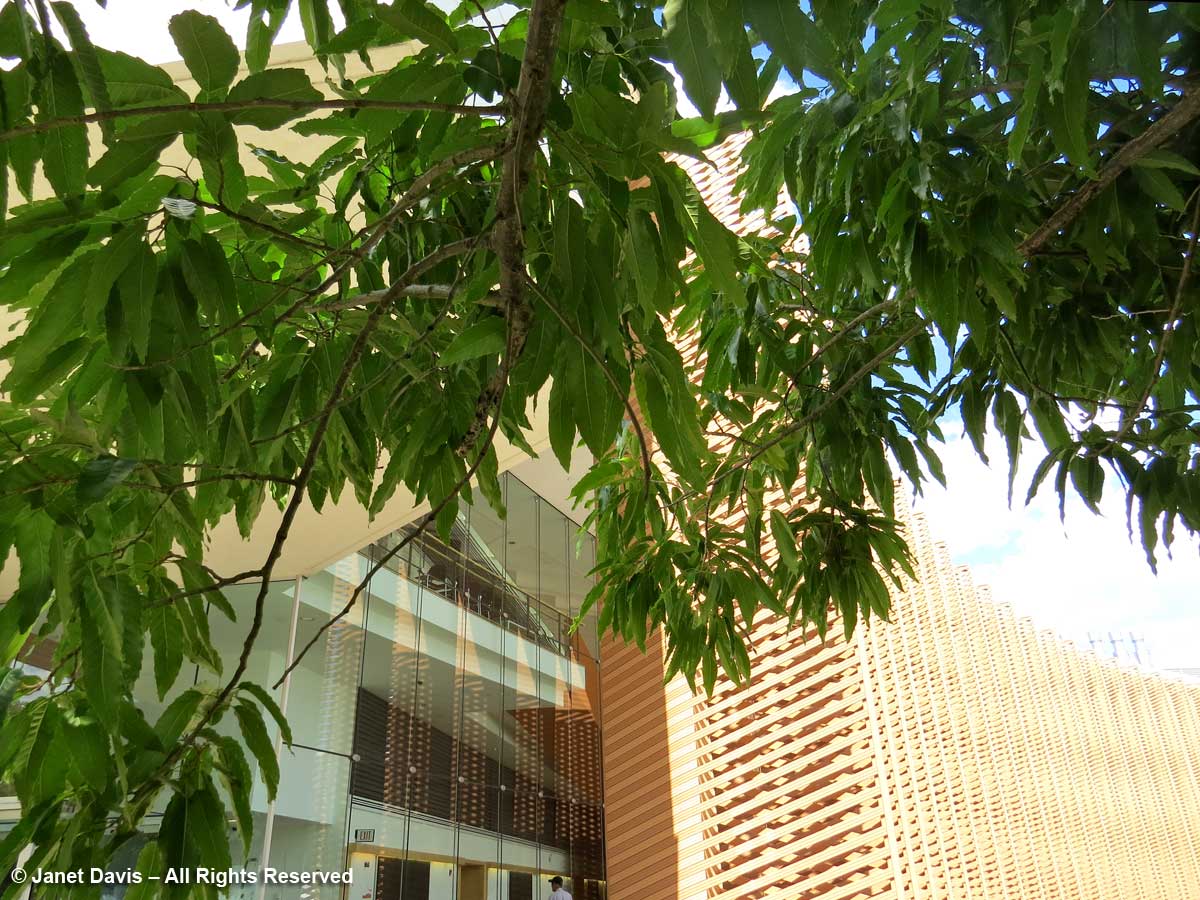
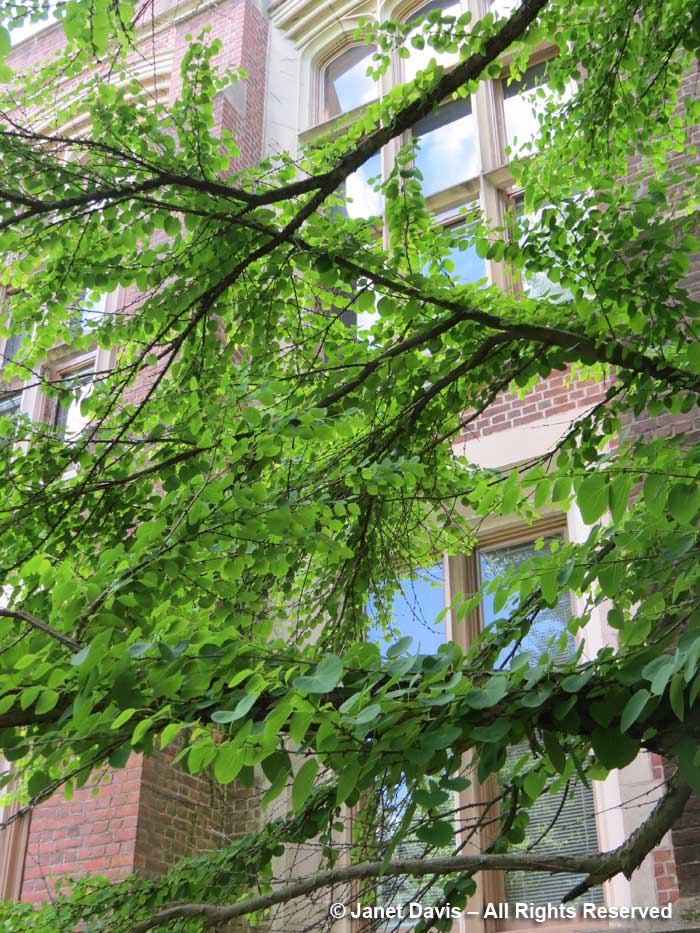
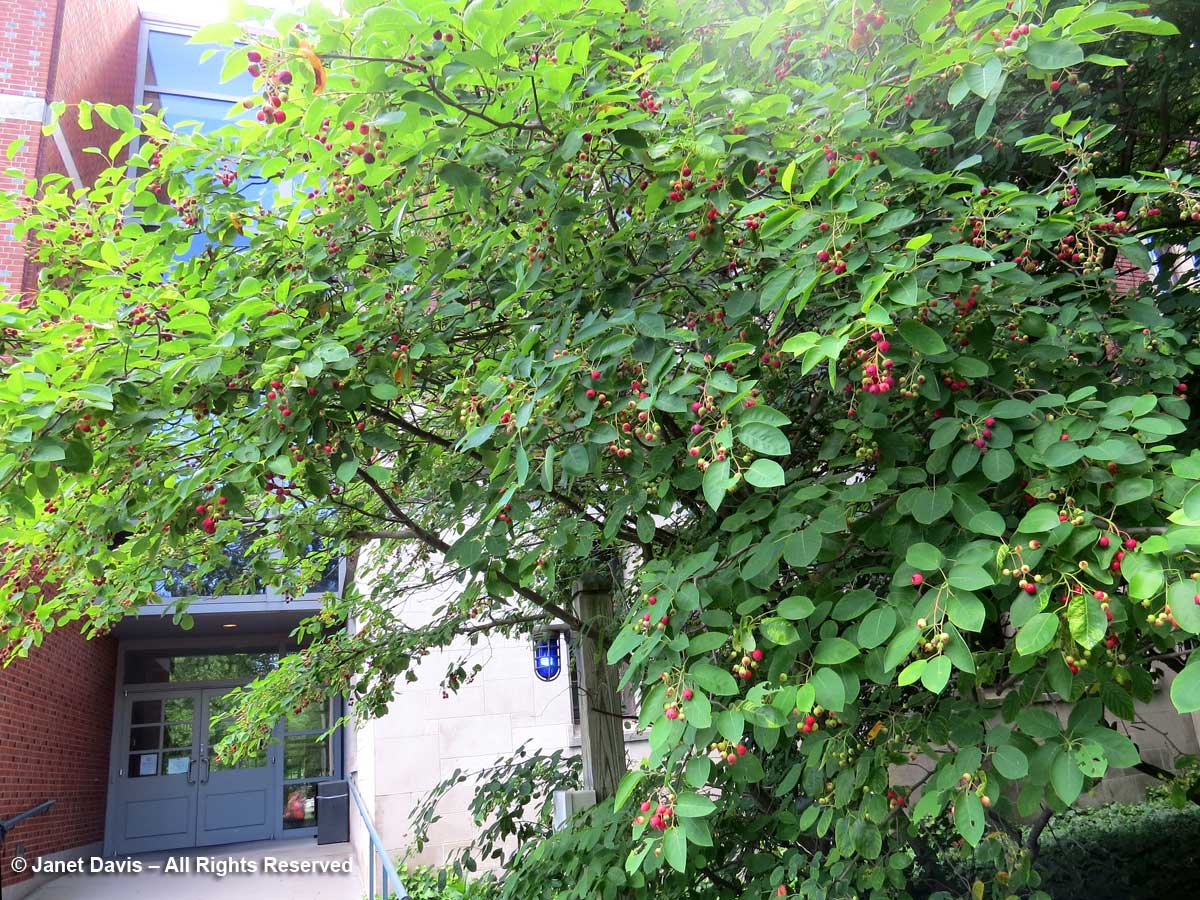
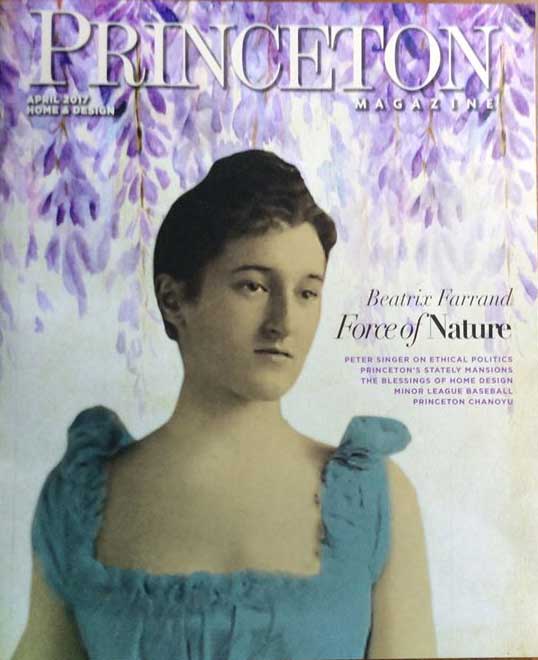
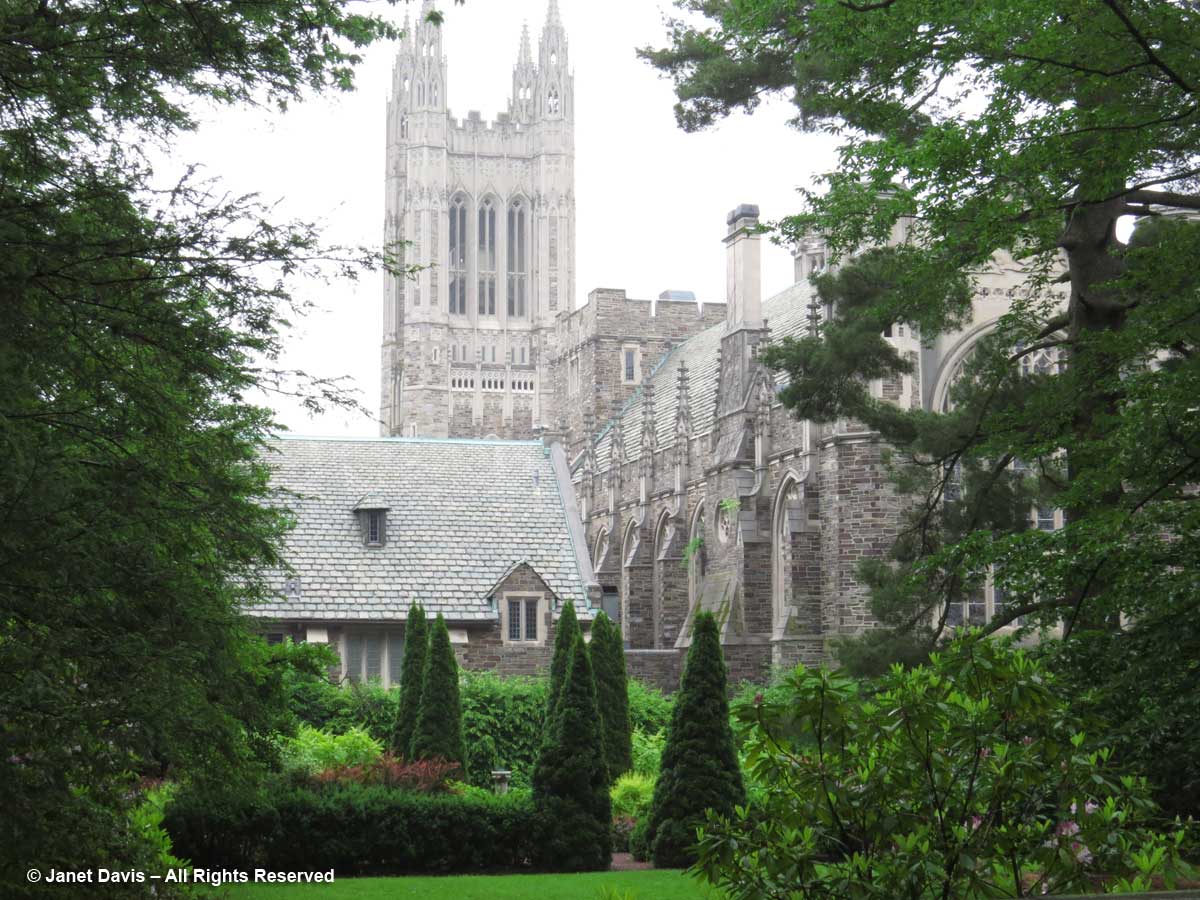
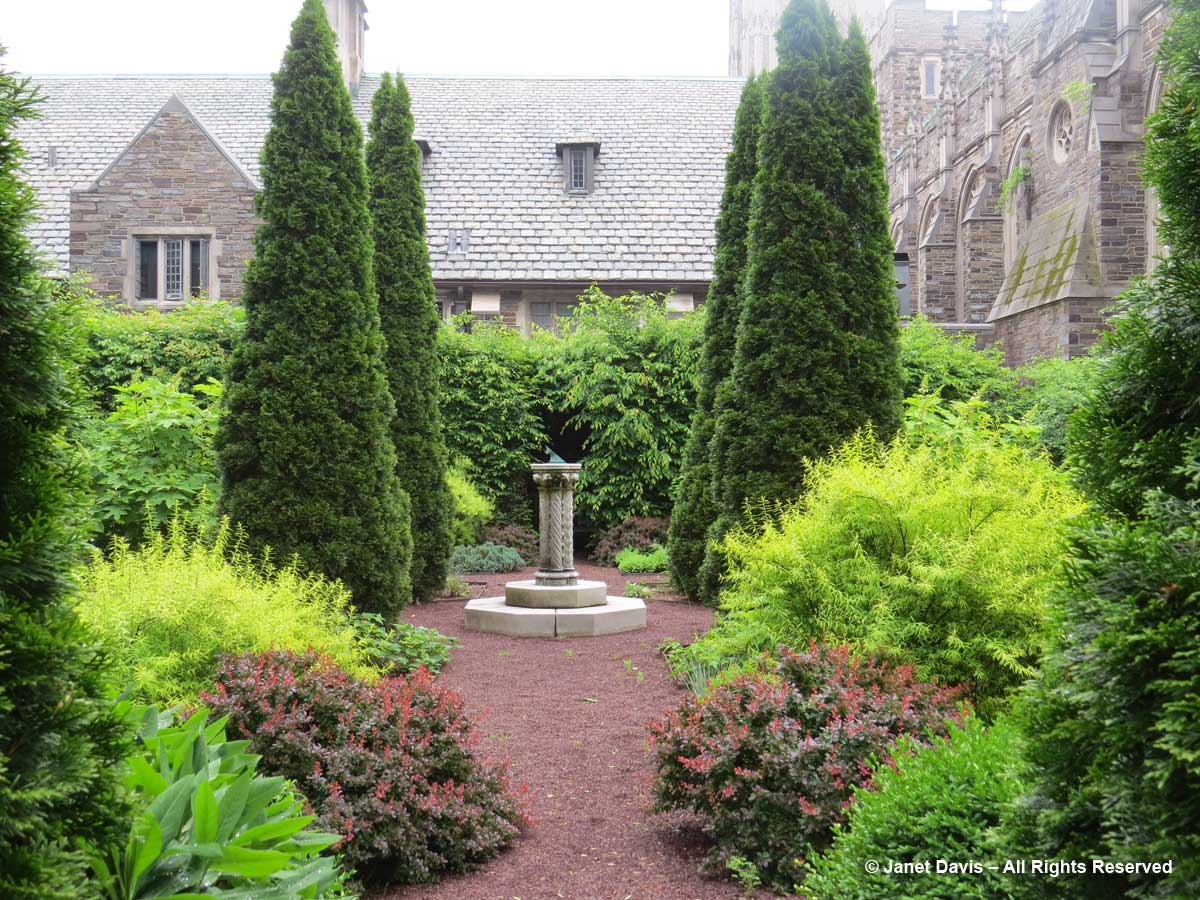
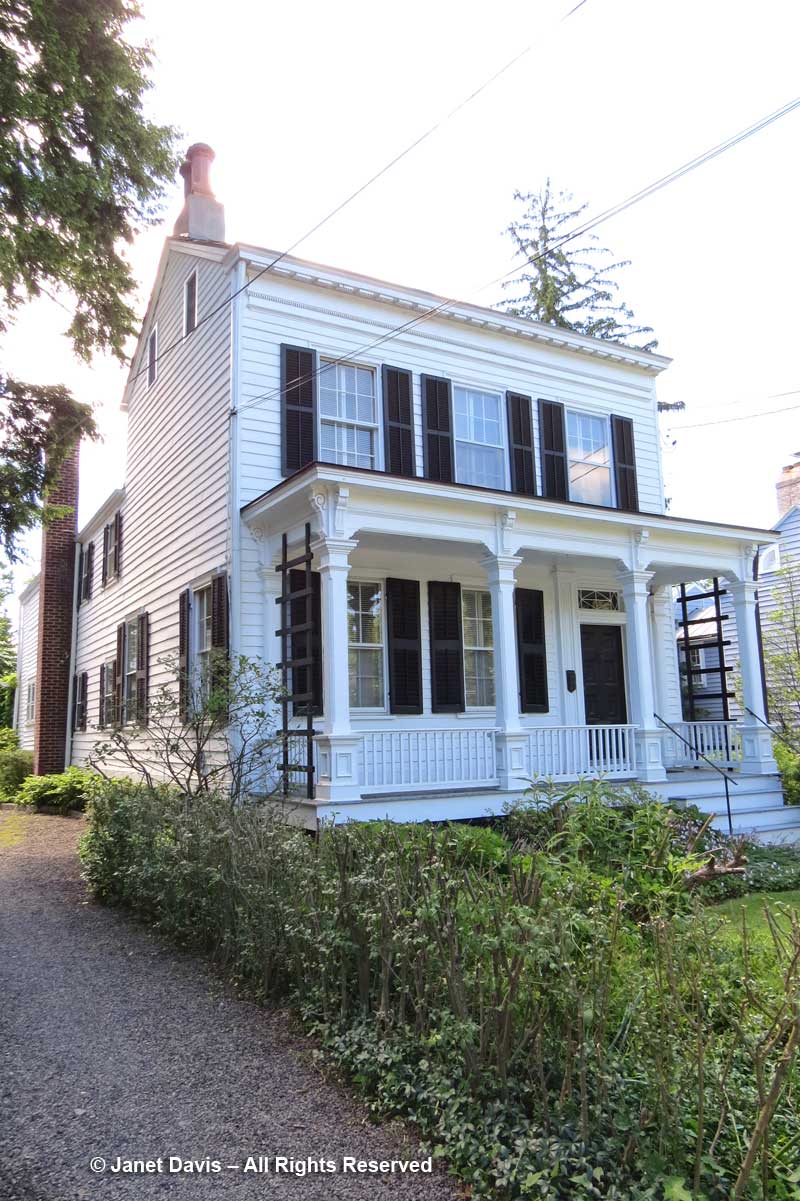
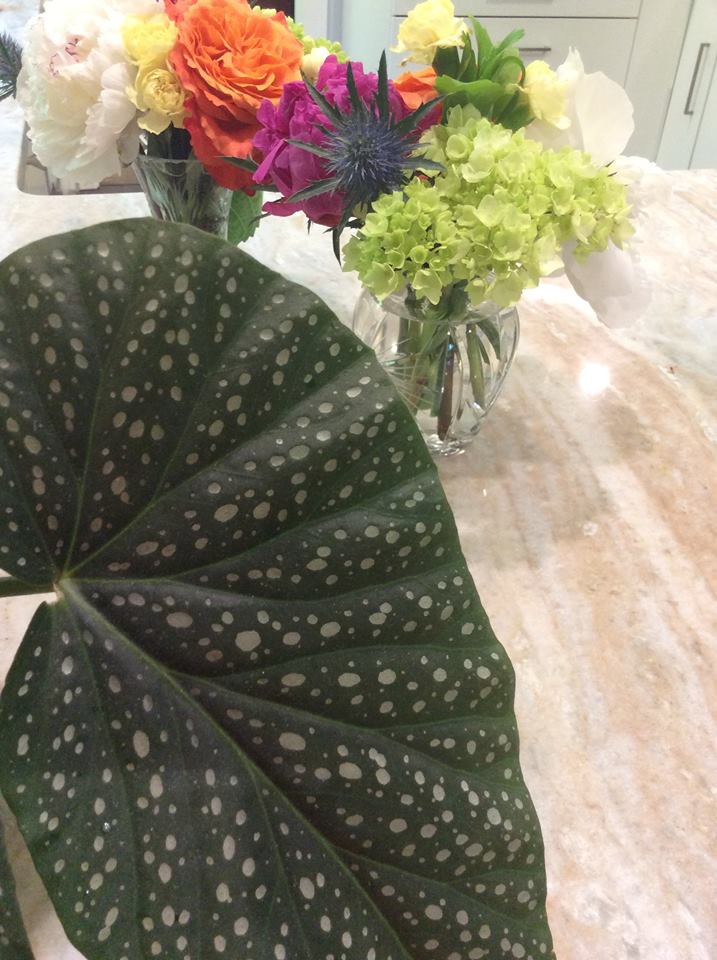
Hello, Janet. May I use a condensed version of the Princeton gardens in our July 2017 issue of the educational journal The Nature Place, please. I send out an e-mail version to our readers. All the writers have volunteered their articles to the issues. This is a voluntary, non-profit endeavour of mine since 2004. Hoping you will permit use. Thanks. Shirley Flanagan
Yes, Shirley. I would like my blog site mentioned. Thank you.
I had forgotten that you wrote this post – we just walked the campus again today and wish I had read it before we visited today. Such a lovely campus. I will write a little ditty about our visit and maybe our previous walks around this beautiful campus. I was surprised to see so many Lanternflies all over one of the Beech trees. Stay tuned.
Janet! What fun! We’re going to Reunions next May for my husband’s 60th!! I hope those beeches survive. Haven’t seen lanternflies up here yet. Dreading that. Thanks for commenting.